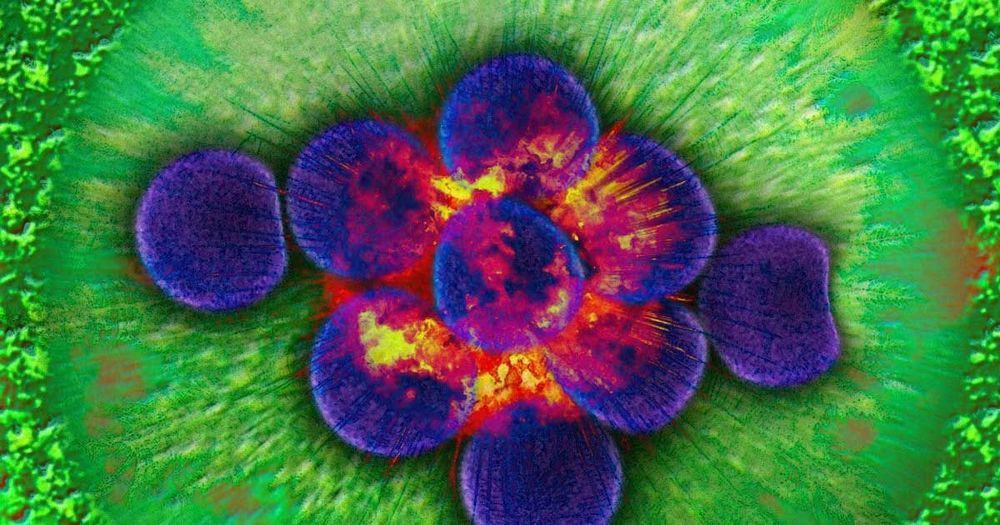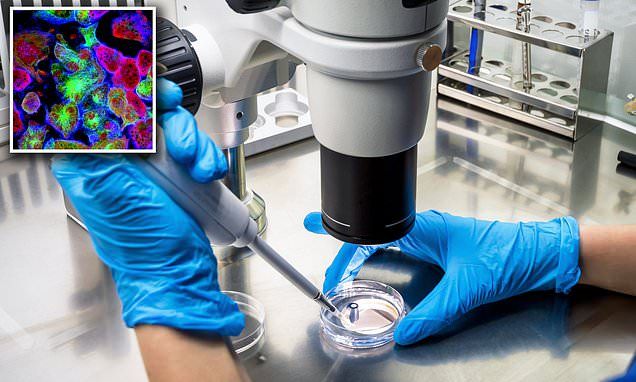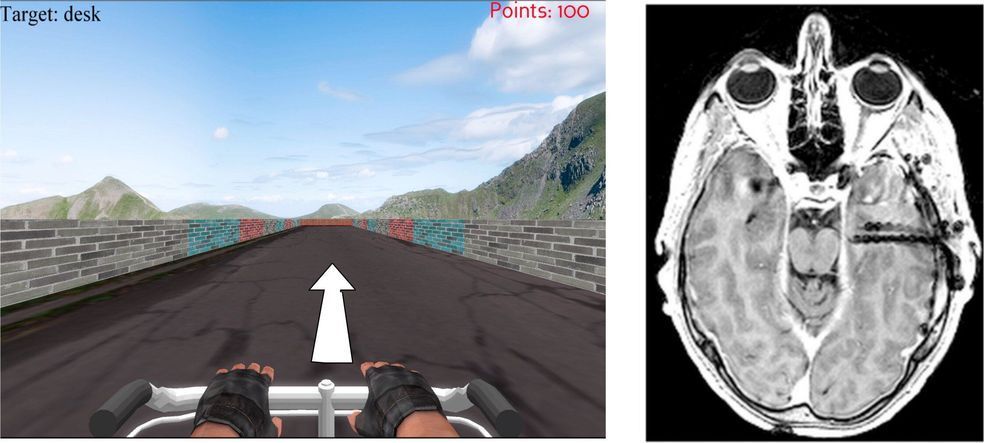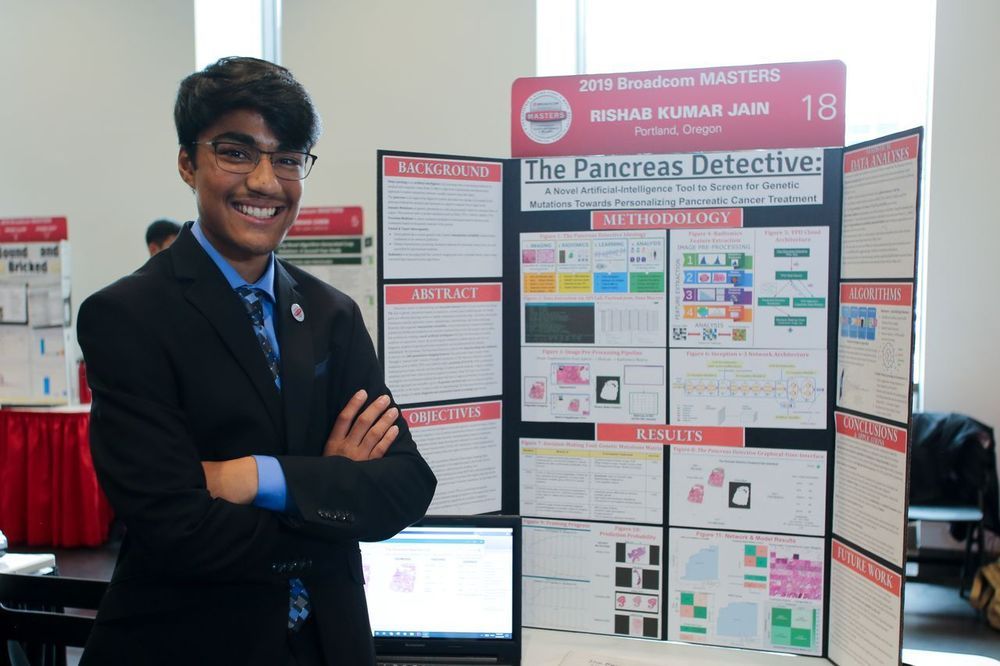Archive for the ‘engineering’ category: Page 154
Nov 13, 2019
NASA’s Helical Engine Design that Uses Closed-Cycle Propellant; A Proposed Stardrive that May Enable Interstellar Travel
Posted by Buddy Baker in categories: energy, engineering, quantum physics, space, transportation
Twentieth Century technology has relied on the use of fuels and chemical propellants to propel our ships, planes, and cars. The propulsion technology of the future will not use chemical combustion to produce thrust, and the 21st century will see the emergence of propellant-less propulsion systems. Such technologies will provide the means to travel faster than ever before at a fraction of current costs and with no pollution by-products.
This becomes absolutely crucial for interplanetary and interstellar travel, as we have stated before in RSF commentary1 reporting on Resonance-based technology may provide inertial mass reduction—the future of space travel will not be performed with chemical propellants. As an example, to date the most viable proposal for an interstellar mission with current technological capabilities is the Breakthrough Starshot project which will use a fleet of light sail probes propelled to 20% percent the speed of light via laser pulses.
Considering the significant limitations of combustion-based propulsion (as well as the harmful environmental impacts), there is a strong drive to develop the next-generation propulsion systems that will move us into the next phase of technological advancement. Torus Tech, a research and development company founded by Nassim Haramein, the founder of the Resonance Science Foundation, is researching quantum vacuum engineering technologies that will enable gravitational control and zero-point energy production.
Nov 13, 2019
Multimaterial 3D printing manufactures complex objects, fast
Posted by Alexandria Black in categories: 3D printing, engineering, physics
3D printers are revolutionizing manufacturing by allowing users to create any physical shape they can imagine on-demand. However, most commercial printers are only able to build objects from a single material at a time and inkjet printers that are capable of multimaterial printing are constrained by the physics of droplet formation. Extrusion-based 3D printing allows a broad palette of materials to be printed, but the process is extremely slow. For example, it would take roughly 10 days to build a 3D object roughly one liter in volume at the resolution of a human hair and print speed of 10 cm/s using a single-nozzle, single-material printhead. To build the same object in less than 1 day, one would need to implement a printhead with 16 nozzles printing simultaneously!
Now, a new technique called multimaterial multinozzle 3D (MM3D) printing developed at Harvard’s Wyss Institute for Biologically Inspired Engineering and John A. Paulson School of Engineering and Applied Sciences (SEAS) uses high-speed pressure valves to achieve rapid, continuous, and seamless switching between up to eight different printing materials, enabling the creation of complex shapes in a fraction of the time currently required using printheads that range from a single nozzle to large multinozzle arrays. These 3D printheads themselves are manufactured using 3D printing, enabling their rapid customization and facilitating adoption by others in the fabrication community. Each nozzle is capable of switching materials at up to 50 times per second, which is faster than the eye can see, or about as fast as a hummingbird beats its wings. The research is reported in Nature.
“When printing an object using a conventional extrusion-based 3D printer, the time required to print it scales cubically with the length of the object, because the printing nozzle has to move in three dimensions rather than just one,” said co-first author Mark Skylar-Scott, Ph.D., a Research Associate at the Wyss Institute. “MM3D’s combination of multinozzle arrays with the ability to switch between multiple inks rapidly effectively eliminates the time lost to switching printheads and helps get the scaling law down from cubic to linear, so you can print multimaterial, periodic 3D objects much more quickly.”
Nov 12, 2019
Breakthrough as scientists create a new cowpox-style virus that can kill EVERY type of cancer
Posted by Fyodor Rouge in categories: biotech/medical, engineering
Scientists have created a new cowpox-style virus in a bid to cure cancer.
The treatment, called CF33, can kill every type of cancer in a petrie dish and has shrunk tumours in mice, The Daily Telegraph reported.
US cancer expert Professor Yuman Fong is engineering the treatment, which is being developed by Australia biotech company Imugene.
Nov 12, 2019
Specific neurons that map memories now identified in the human brain
Posted by Paul Battista in categories: biotech/medical, engineering, neuroscience, virtual reality
An important aspect of human memory is our ability to conjure specific moments from the vast array of experiences that have occurred in any given setting. For example, if asked to recommend a tourist itinerary for a city you have visited many times, your brain somehow enables you to selectively recall and distinguish specific memories from your different trips to provide an answer.
Studies have shown that declarative memory—the kind of memory you can consciously recall like your home address or your mother’s name—relies on healthy medial temporal lobe structures in the brain, including the hippocampus and entorhinal cortex (EC). These regions are also important for spatial cognition, demonstrated by the Nobel-Prize-winning discovery of “place cells” and “grid cells” in these regions—neurons that activate to represent specific locations in the environment during navigation (akin to a GPS). However, it has not been clear if or how this “spatial map” in the brain relates to a person’s memory of events at those locations, and how neuronal activity in these regions enables us to target a particular memory for retrieval among related experiences.
A team led by neuroengineers at Columbia Engineering has found the first evidence that individual neurons in the human brain target specific memories during recall. They studied recordings in neurosurgical patients who had electrodes implanted in their brains and examined how the patients’ brain signals corresponded to their behavior while performing a virtual-reality (VR) object-location memory task. The researchers identified “memory-trace cells” whose activity was spatially tuned to the location where subjects remembered encountering specific objects. The study is published today in Nature Neuroscience.
Nov 10, 2019
Healing Value Of Magnets Demonstrated In Biomedical Engineering Study
Posted by Quinn Sena in categories: biotech/medical, engineering, neuroscience
Circa 2008
A recent study demonstrates that the use of an acute, localized static magnetic field of moderate strength can result in significant reduction of swelling when applied immediately after an inflammatory injury. Magnets have been touted for their healing properties since ancient Greece. Magnetic therapy is still widely used today as an alternative method for treating a number of conditions, from arthritis to depression, but there hasn’t been scientific proof that magnets can heal.
Lack of regulation and widespread public acceptance have turned magnetic therapy into a $5 billion world market. Hopeful consumers buy bracelets, knee braces, shoe inserts, mattresses, and other products that are embedded with magnets based on anecdotal evidence, hoping for a non-invasive and drug-free cure to what ails them.
“The FDA regulates specific claims of medical efficacy, but in general static magnetic fields are viewed as safe,” notes Thomas Skalak, professor and chair of biomedical engineering at U.Va.
Nov 5, 2019
Researchers design ‘intelligent’ metamaterial to make MRIs affordable and accessible
Posted by Quinn Sena in categories: biotech/medical, engineering
Boston University researchers have developed a new, “intelligent” metamaterial—which costs less than ten bucks to build—that could revolutionize magnetic resonance imaging (MRI), making the entire MRI process faster, safer, and more accessible to patients around the world. The technology, which builds on previous metamaterial work by the team, was described in a new paper in Advanced Materials.
MRI is used by clinicians to diagnose medical problems by spotting abnormalities that could indicate anything from a torn meniscus to muscular dystrophy. But MRIs are expensive, expose patients to radiation, and they take a long time—often the greater part of an hour for a single scan. Finding enough MRI time for waiting patients can be a problem, even in US hospitals, but in hospitals in countries like India, waiting periods of a year or more can put patients’ lives at risk.
So how do we speed up the MRI process without jeopardizing the quality of imaging? Xin Zhang, a BU College of Engineering professor of mechanical engineering and a Photonics Center professor, and a team of researchers that includes Stephan Anderson, a Boston Medical Center radiologist and BU School of Medicine professor of radiology, and Xiaoguang Zhao, a MED assistant research professor of radiology, are getting creative with metamaterials to solve the problem.
Nov 2, 2019
Genius, 14, wins $25,000 for car design that would install cameras to make blind spots nonexistent
Posted by Genevieve Klien in categories: engineering, mathematics, transportation
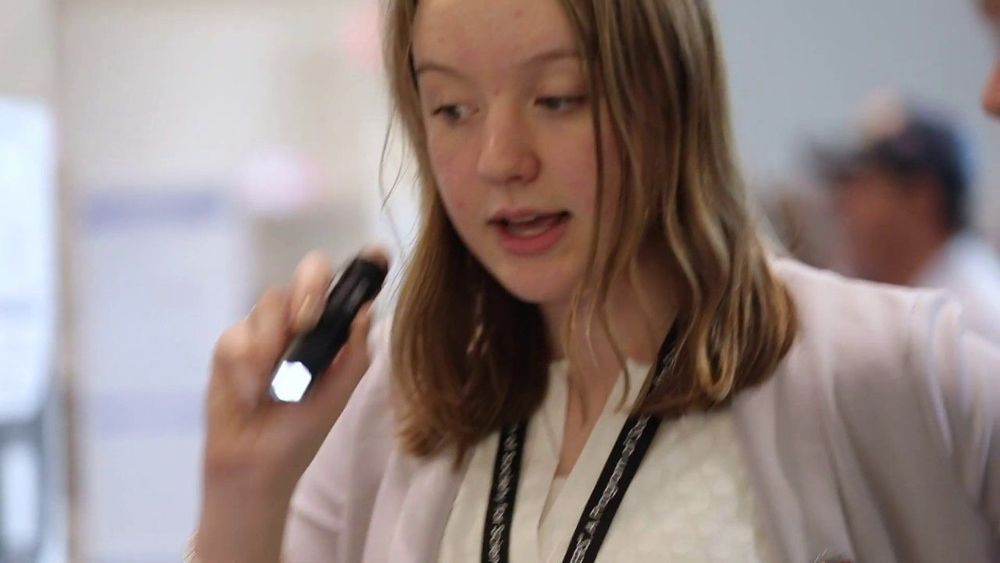
This is amazing, it will save many lives!
A 14-year-old Pennsylvania girl has come up with an innovative way to get rid of blind spots before she can even legally get behind the wheel.
Nov 2, 2019
Portland teen’s cancer detection project wins national prize; rural district wants 2020 bond, won’t say what it’s for: The week in education
Posted by Genevieve Klien in categories: biotech/medical, education, engineering, habitats, information science, mathematics, robotics/AI
A Portland teen won second place in a national technology contest, taking home $2,500 that he can use to attend science camp next summer.
Rishab Jain, 14, is a freshman at Westview High School. His winning project, which he calls the Pancreas Detective, is an artificial intelligence tool that can help diagnose pancreatic cancer through gene sequencing. The algorithm helps doctors focus on the organ during examinations, which is often obscured because it moves around the abdominal area as patients breathe and other bodily functions shift other organs as well.
Last year, the same project netted $25,000 from 3M when he attended Stoller Middle School. He used that money to fund his nonprofit, Samyak Science Society, which promotes science, technology, engineering and math education for other children, Time Magazine reported.
Nov 2, 2019
Living skin can now be 3D-printed with blood vessels included
Posted by Shailesh Prasad in categories: 3D printing, biotech/medical, engineering
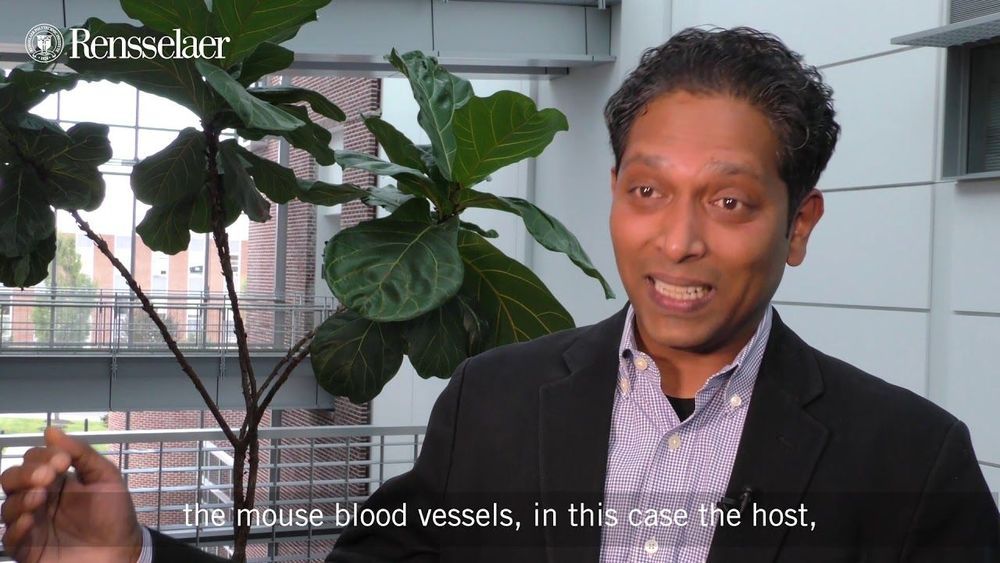
Researchers at Rensselaer Polytechnic Institute have developed a way to 3D print living skin, complete with blood vessels. The advancement, published online today in Tissue Engineering Part A, is a significant step toward creating grafts that are more like the skin our bodies produce naturally.
“Right now, whatever is available as a clinical product is more like a fancy Band-Aid,” said Pankaj Karande, an associate professor of chemical and biological engineering and member of the Center for Biotechnology and Interdisciplinary Studies (CBIS), who led this research at Rensselaer. “It provides some accelerated wound healing, but eventually it just falls off; it never really integrates with the host cells.”
Continue reading “Living skin can now be 3D-printed with blood vessels included” »
